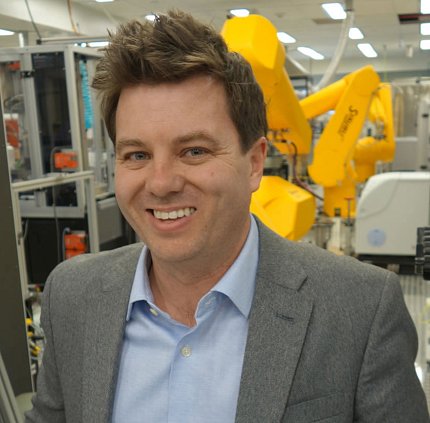An All-Out Response to the Need for Therapies

“Life is completely different,” said Dr. Matthew Hall, acting chief of NCATS’s Early Translation Branch. “I assumed when I decided to start telecommuting that I’d spend a frustrating few weeks or months working with my group on writing manuscripts and planning grand schemes for when we returned to the lab. Instead, the work over the past few months building COVID-19 assays has evolved into an all-out response to the need for therapeutic candidates—through drug repurposing and repositioning and new screening.
“At NCATS,” he continued, “we have a group of volunteer researchers working in the lab planning screening and receiving therapeutic candidates from intramural and extramural labs to test and provide data as quickly as possible. They are supported by program and administrative staff who haven’t missed a step in transitioning to telework.”
Hall’s branch has about 10 different assays, he said, and plans to test each against about 2,500 approved drugs, and thousands more pre-clinical drug candidates that could be repurposed.
“We’ve also received several dozen candidates from various labs for testing. The yellow robots (seen in photo) are a big part of that testing.
“The NIH intramural environment exists for exactly this kind of challenge,” said Hall, “and it’s been highly gratifying to see intramural friends and collaborators from various ICs bring their expertise and energy to bear on COVID-19 science and help out—with approval from Bldg. 1, of course—with no questions asked. We have a long way to go, but the spirit of teamwork at NIH gives me great hope. We are all in this together.”
